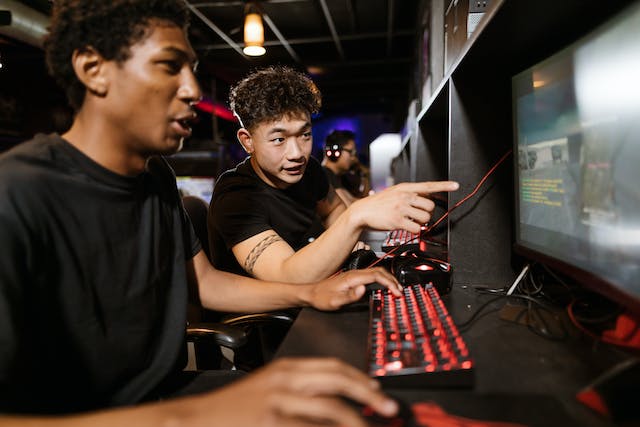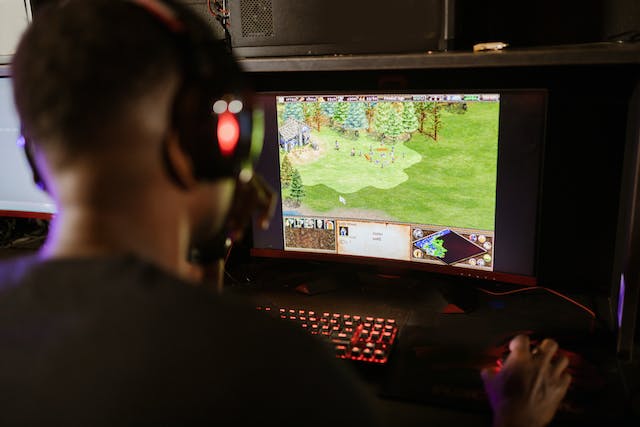Tips On Game Localization: How To Produce Credible Video Game Content
Video gaming is a global phenomenon, with players from different corners immersing themselves in diverse gaming experiences. However, to truly connect with players across various cultures, game localization is a vital process. This process involves not just the translation of game text but a comprehensive adaptation of a game’s content to suit different cultural contexts. This guide delves into the nuances of game localization, offering insights and strategies to develop credible and captivating video game content for a global audience.
Understanding the Importance of Cultural Sensitivity in Game Localization

At the core of effective game localization is cultural sensitivity. This aspect is crucial in ensuring the game is respectful and relevant to its audience’s culture. Cultural sensitivity in game localization goes beyond mere language translation; it encompasses an understanding and appreciation of cultural norms, values, traditions, and humor.
Analyzing Cultural Nuances
When localizing a game, it’s essential to immerse yourself in the target culture’s nuances. It means going beyond surface-level understanding and delving into the culture’s customs, traditions, and taboos. This deep dive can reveal subtle cultural references that can be woven into the game to create a more authentic and engaging experience. For instance, local folklore or mythologies can significantly enhance the game’s appeal to the target audience. To be good at localization as a student, you should balance your academic and practical skills. In this regard, the service option “pay to write an essay on writepaperfor.me“ can help you manage your workload, allowing you to focus more on developing your expertise in localization.
Adapting Visuals and Symbols

Visual elements in games, including graphics, symbols, and colors, carry various connotations across different cultures. For instance, a color considered lucky in one culture may have negative associations in another. Similarly, innocuous symbols and gestures in one culture might be offensive in another. Ensuring these visual elements are culturally appropriate and relatable is critical in game localization.
The Role of Accurate Translation in Game Localization
The cornerstone of game localization is accurate and nuanced translation. It is not just about converting text from one language to another; it’s about accurately conveying the game’s essence, humor, and emotional undertones in the target language.
Employing Native Translators

The use of native translators cannot be overstated in game localization. Native speakers bring an intrinsic understanding of the language and culture, which is vital in ensuring the translation is linguistically accurate and culturally resonant. They are adept at picking up on linguistic subtleties and cultural references that might be lost on non-native speakers.
Contextual Relevance
Maintaining the context and essence of the original game content during translation is critical. It involves profoundly understanding the game’s narrative, characters, and settings. Translators must be intimately familiar with the game’s universe to ensure the localized version retains the original’s spirit and engagement level.
Technical Aspects of Game Localization

Beyond language and culture, game localization involves several technical considerations. These are essential in ensuring that the localized content is seamlessly integrated into the game, providing players with a smooth and immersive experience. In this context, it’s also interesting to read about ‘Why Choose Android Devices For Your College? At androidheadlines.com/2020/07/why-choose-android-devices-for-your-college.html, the choice of devices can significantly impact the accessibility and experience of localized games in an academic setting.
Font and Text Integration
Different languages have challenges regarding text length, character sets, and writing systems. For instance, some languages may require more space due to longer words or different alphabets. The game’s user interface and design must be flexible enough to accommodate these variations without compromising aesthetics or readability.
Voice-over and Audio Adjustments

In games with voice-overs, the quality of audio localization is just as important as text translation. It involves hiring native voice actors who can bring the game’s characters to life in a way that is authentic to the target culture. The voice, tone, and delivery must be in sync with the character’s personality and the game’s overall mood.
Legal and Compliance Considerations in Game Localization
Navigating the legal and compliance landscape is a crucial aspect of game localization. Countries and regions have laws and regulations regarding video game content, including censorship laws, age ratings, and content restrictions.
Regular Updates and Compliance Checks
The legal and cultural landscape can change, and games need to adapt to these changes. Regular updates and compliance checks ensure the game remains relevant and accessible in its target markets. It can involve revising content to align with new laws or cultural shifts, ensuring the game’s longevity and success in different regions.
Conclusion
Game localization is a multifaceted process that requires attention to cultural nuances, accurate translation, technical precision, legal compliance, and localized marketing strategies. By focusing on these aspects, developers can create video game content that is credible and profoundly engaging for a global audience. Embracing these practices will help elevate your game above the competition, ensuring a successful and impactful presence in the diverse gaming world.


